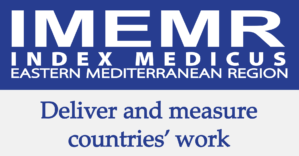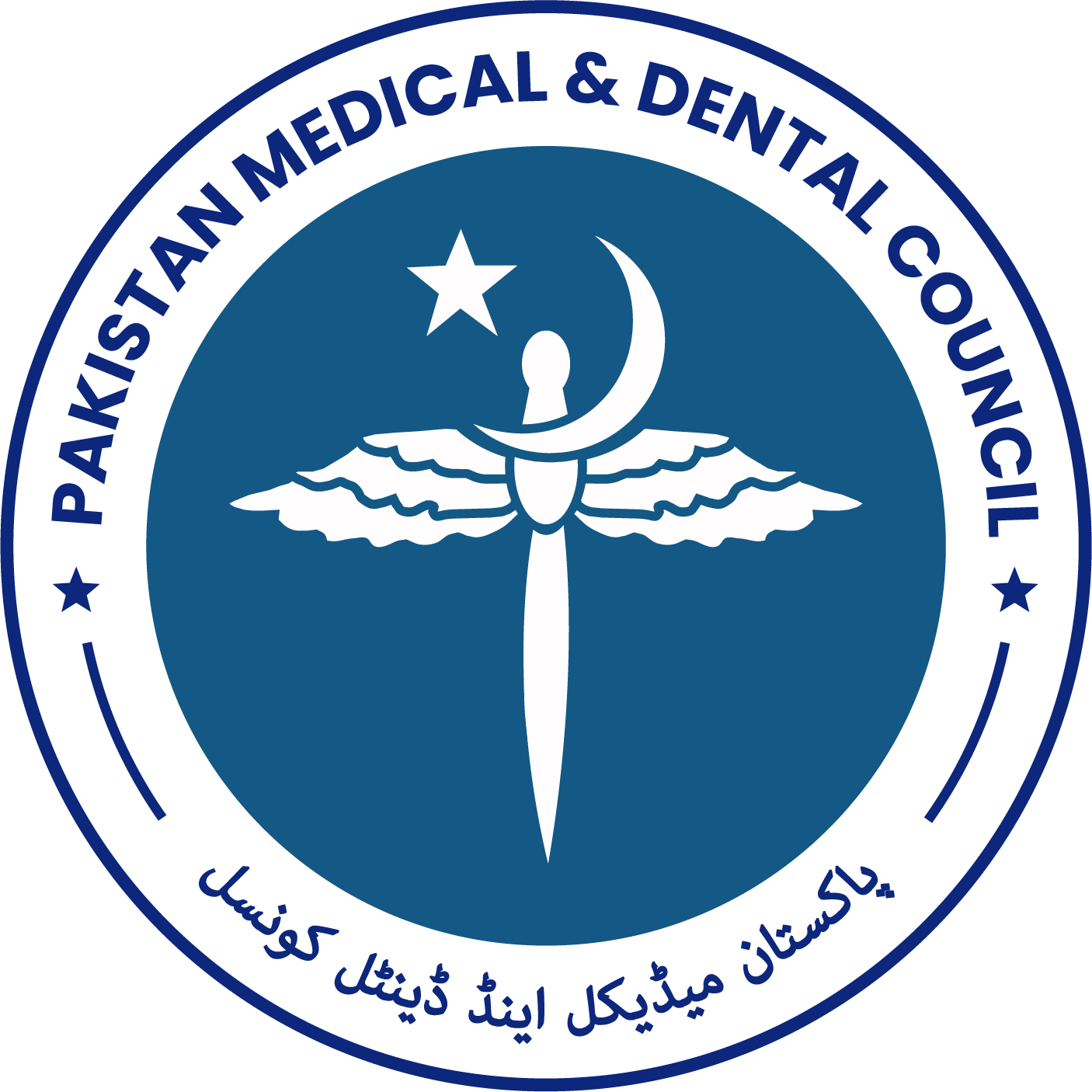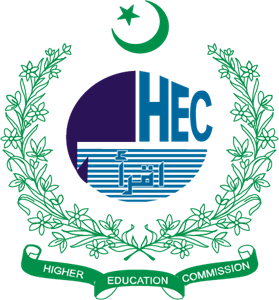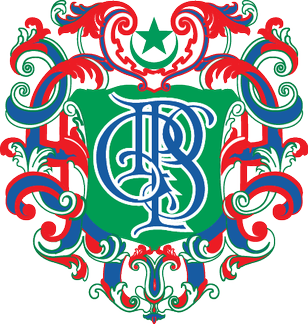The Short Term Cardiovascular and Pulmonary Responses to Exercise in Young Adults
DOI:
https://doi.org/10.53685/jshmdc.v1i1.46Keywords:
Post- Exercise, Cardiovascular changes, Respiratory changes, Healthy adultsAbstract
Background: Impaired cardiovascular and respiratory functions are associated with increased mortality and
morbidity. Exploration of the relation between physical activity and cardiovascular and respiratory functions can
help in understanding the mechanisms of how physical activity improves a person’s quality of life.
Objectives: To investigate the post exercise cardio-respiratory response of normal healthy adults and to determine if
there are gender differences in the post exercise cardio-respiratory response.
Methods: A cross-sectional study was conducted on 1st and 2nd year MBBS students of Shalamar Medical and
Dental College in the department of Physiology. Measurement of Pulmonary functions and recording of ECG was
done by using Power LAB before and after exercise. Statistical analysis was done on SPSS version 21, student t-test
was applied and p- value < 0.05 was considered statistically significant.
Results: The respiratory rate, respiratory minute volume and tidal volume increased while oxygen saturation
decreased significantly after exercise. Heart rate increased significantly in post exercise period. The pre exercise
systolic and diastolic blood pressure increased significantly after exercise. There was a significant post exercise
increment in diastolic pressure in males than in females. QT was significantly decreased in post-exercise period in
female subjects.
Conclusion: The respiratory parameters changed significantly after exercise. Heart rate and blood pressure
increased significantly both in male and female subjects. QT interval decreased significantly only in females;however, changes in PR interval and QRS complex were not significant.
References
Fatima SS, Rehman R, Khan YS. Physical activity and its effect on forced expiratory volume. J Pak Med Assoc. 2013; 63(3): 310-2.
Waschki B, Kirsten A, Holz O, Müller KC, Meyer T, Watz H, Magnussen H. Physical activity is the strongest predictor of all-cause mortality in patients with COPD: a prospective cohort study. Chest. 2011; 140(2): 331-342. DOI: https://doi.org/10.1378/chest.10-2521
Cheng YJ, Macera CA, Addy CL, Sy FS, Wieland D, Blair SN. Effects of physical activity on exercise tests and respiratory function. British journal of sports medicine. 2003; 37(6): 521-528. DOI: https://doi.org/10.1136/bjsm.37.6.521
Javorka M, Zila I, Balharek T, Javorka K. Heart rate recovery after exercise: relations to heart rate variability and complexity. Brazilian Journal of Medical and Biological Research. 2002; 35(8): 991-1000. DOI: https://doi.org/10.1590/S0100-879X2002000800018
Gowdhami B, Abirami V, Padmavathi R, Thanasekaran V, Rajagopalan B. Effect of Sub Maximal Exercise Test on Cardiovascular Parameters in Young Obese Adults. Int. J. Pure App. Biosci. 2015; 3(4): 109-115.
Kenney WL, Wilmore J, Costill D. Physiology of sport and exercise 6th edition. Human kinetics; 2015.
Tharion EL, Samuel PR, Rajalakshmi R, Gnanasenthil G, Subramanian RK. Influence of deep breathing exercise on spontaneous respiratory rate and heart rate variability: a randomized controlled trial in healthy subjects. Indian J Physiol Pharmacol. 2012; 56(1): 80-87.
Prakash S, Meshram S, Ramtekkar U. Athletes, yogis and individuals with sedentary lifestyles; do their lung functions differ? Indian journal of physiology and pharmacology. 2007; 51(1): 76.
Tipton MJ, Harper A, Paton JF, Costello JT. The human ventilatory response to stress: rate or depth? The Journal of Physiology. 2017; 595(17): 5729-5752. DOI: https://doi.org/10.1113/JP274596
Hall JE. Guyton and Hall textbook of medical physiology e-Book. Elsevier Health Sciences; 2010: 471.
Anupama N, Kini RD, Sharma MV, Bhagyalaksmi K, Nayanatara AK, Shetty S, Panikulam EJ. Effect of exercise on oxygen saturation and heart rate in healthy young adults of different body mass index. Research Journal of Pharmaceutical, Biological and Chemical Sciences. 2016; 7(5): 594-597.
Junior LC, Pillay JD, van Mechelen W, Verhagen E. Meta-analyses of the effects of habitual running on indices of health in physically inactive adults. Sports medicine. 2015;45(10):1455-68. DOI: https://doi.org/10.1007/s40279-015-0359-y
Mondal H, Mishra SP. Effect of BMI, body fat percentage and fat-free mass on maximal oxygen consumption in healthy young adults. Journal of clinical and diagnostic research: JCDR. 2017; 11(6):CC17. DOI: https://doi.org/10.7860/JCDR/2017/25465.10039
Forjaz CL, Matsudaira Y, Rodrigues FB, Nunes N, Negrão CE. Post-exercise changes in blood pressure, heart rate and rate pressure product at different exercise intensities in normotensive humans. Brazilian Journal of Medical and Biological Research. 1998; 31(10): 1247-1255. DOI: https://doi.org/10.1590/S0100-879X1998001000003
Lavie CJ, Arena R, Swift DL, Johannsen NM, Sui X, Lee DC, Earnest CP, Church TS, O’keefe JH, Milani RV, Blair SN. Exercise and the cardiovascular system: clinical science and cardiovascular outcomes. Circulation research. 2015; 117(2): 207-219. DOI: https://doi.org/10.1161/CIRCRESAHA.117.305205
Fletcher GF, Ades PA, Kligfield P, Arena R, Balady GJ, Bittner VA, Coke LA, Fleg JL, Forman DE, Gerber TC, Gulati M. Exercise standards for testing and training: a scientific statement from the American Heart Association. Circulation. 2013; 128(8): 873-934. DOI: https://doi.org/10.1161/CIR.0b013e31829b5b44
Ogedengbe JO, Adelaiye AB, Kolawole OV. Effects of exercise on PR intervals, QRS durations and QTC intervals in male and female students of the University of Abuja. JPMA-Journal of the Pakistan Medical Association. 2012; 62(3): 273.
Hill J, Timmis A. ABC of clinical electrocardiography: Exercise tolerance testing. BMJ: British Medical Journal. 2002; 324(7345): 1084 DOI: https://doi.org/10.1136/bmj.324.7345.1084
Downloads
Published
How to Cite
Issue
Section
License
Copyright (c) 2019 Ambreen Khalid, Adeela Shahid, Farhat Aitazaz

This work is licensed under a Creative Commons Attribution-NonCommercial 4.0 International License.
You are free to:
- Share — copy and redistribute the material in any medium or format
- Adapt — remix, transform, and build upon the material
- The licensor cannot revoke these freedoms as long as you follow the license terms.
Under the following terms:
-
Attribution — You must give appropriate credit, provide a link to the license, and indicate if changes were made. You may do so in any reasonable manner, but not in any way that suggests the licensor endorses you or your use.
-
Non Commercial — You may not use the material for commercial purposes.
-
No additional restrictions — You may not apply legal terms or technological measures that legally restrict others from doing anything the license permits.




















